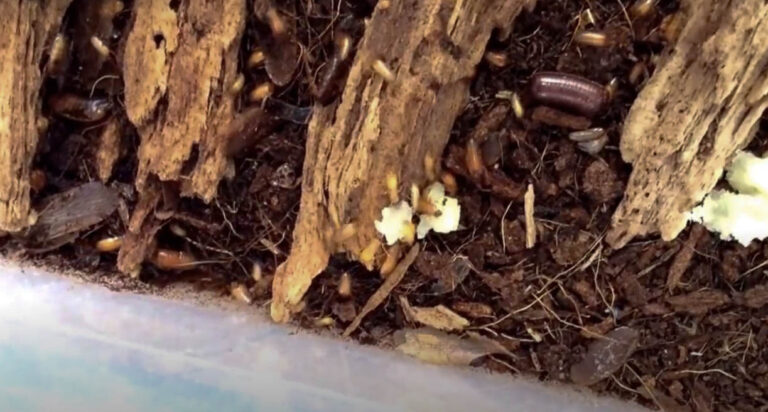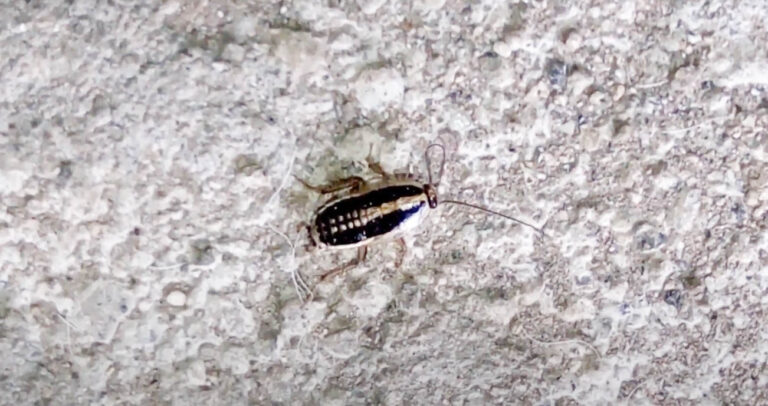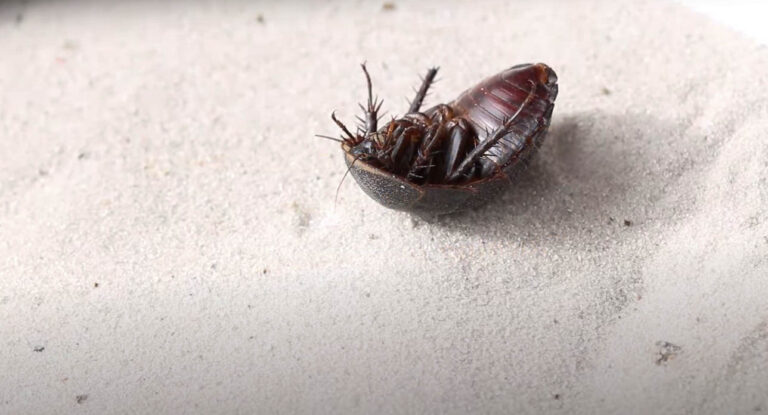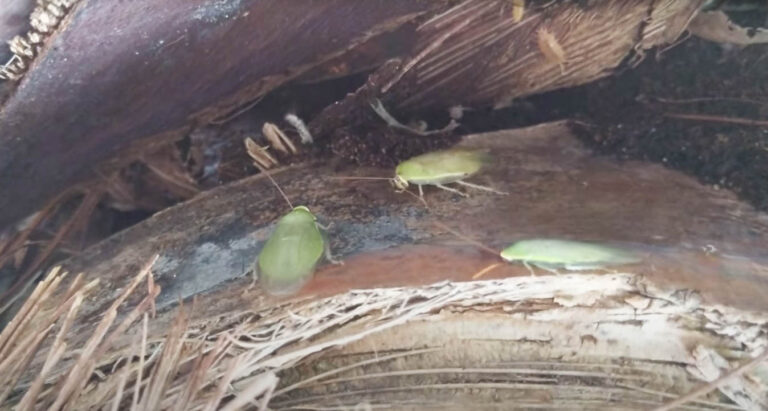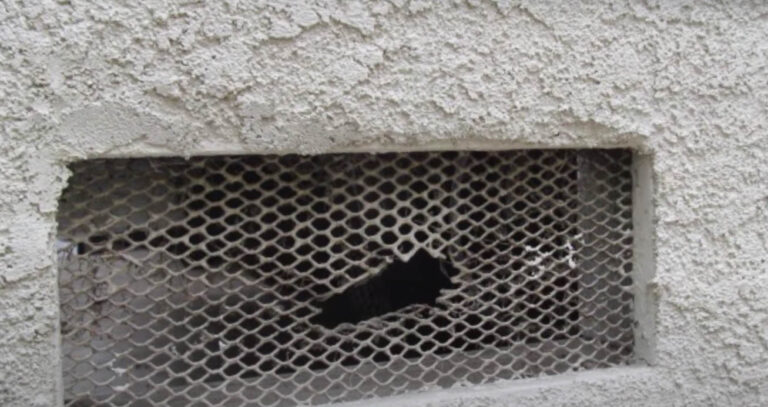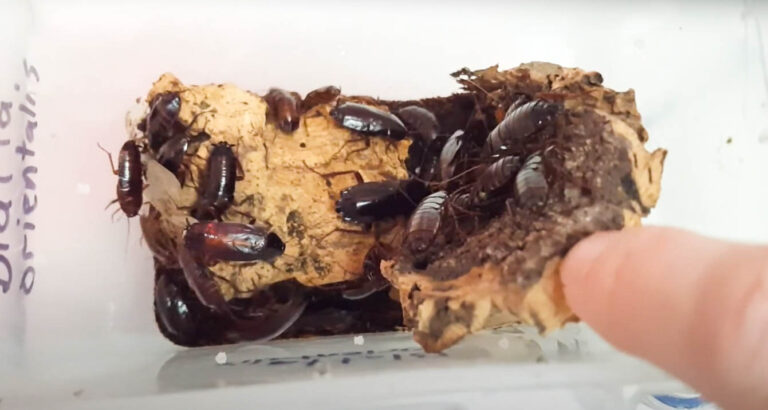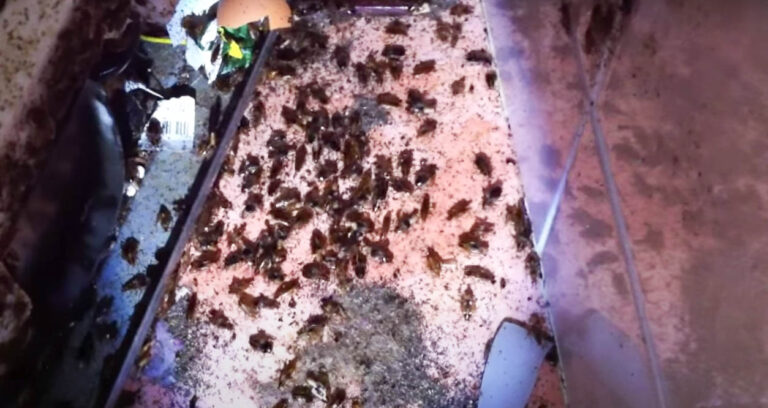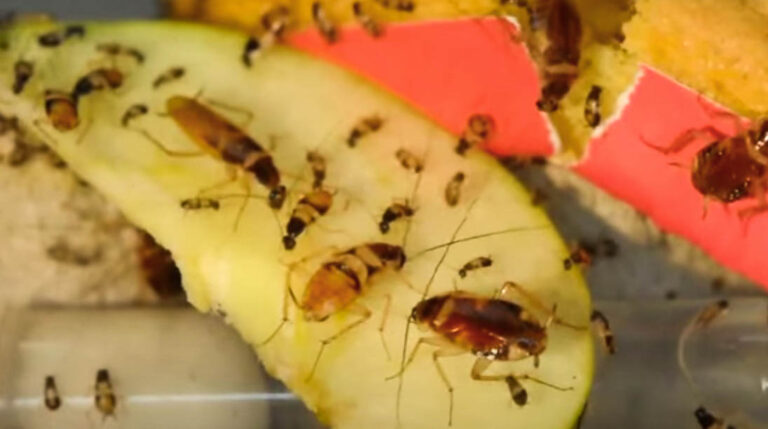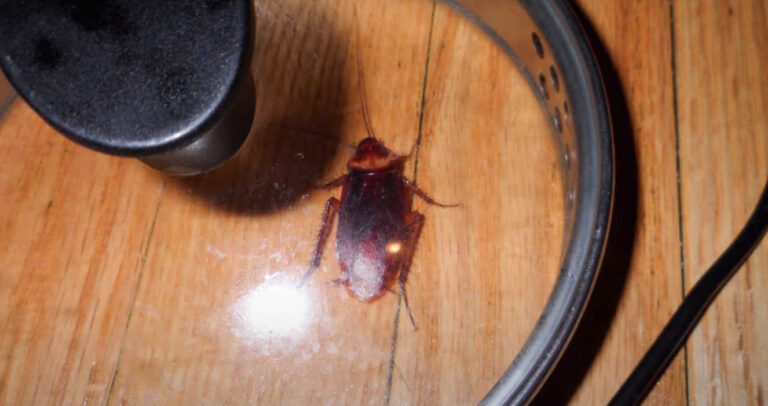About American Cockroaches
About American Cockroaches
The American cockroach (Periplaneta americana), also known as a “water bug,” Bombay canary, or the palmetto bug, is the biggest of the cockroach family with a length of approximately 4 cm. Taxonomically, the American cockroach is an insect belonging to the family Blattidae. Despite its American name, the cockroach is not native to North America since there’s evidence showing that they were introduced via ships cruised from Africa in the 1600s. Below are some of its distinguishing features.
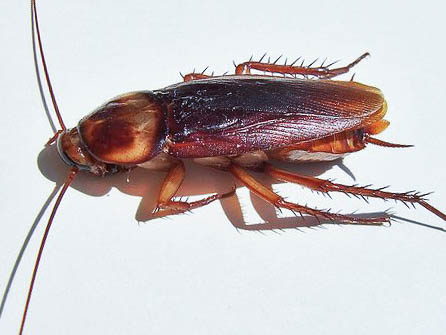
Appearance
When it comes to appearance, the American cockroach changes at every stage of its life cycle; they go through three development stages. But adult cockroaches are usually reddish-brown with a yellow band outlining the head area. Below are the changes in appearance that occurs from one stage to another.
a. Egg
The females lay their eggs in a hardened, bursiform-like case called the ootheca. The hardened out coat protects the eggs from harsh elements of weather. Since the eggs are tiny and can easily be blown away by the wind, they’re sticky enough to adhere to surfaces.
As such, you can find them glued on hidden surfaces to stay safe and shelter from adverse weather. Later, the eggs hatch into nymphs, which appears brown. As the nymphs continue to develop, their color changes from brown to black, as it progresses to adulthood.
b. Nymph
The American cockroach goes through 10-13 instar changes before it matures. And the first instar occurs immediately after the egg hatches. At this stage, the cockroach is white and as it progresses through the subsequent instar phases, the color changes to grey then reddish-brown.
c. Adult
An adult American cockroach is reddish-brown with a yellowish-brown band near the edges of its pronotum. Interestingly, the males’ wings are longer than those of females to increase the chances of successful mating. They have a pair of appendages at the end of the abdomen called the Cerci. The males have a Cerci with 19 segments with a Styli between the Cerci, while the females have a Cerci of 14 segments with no styli.
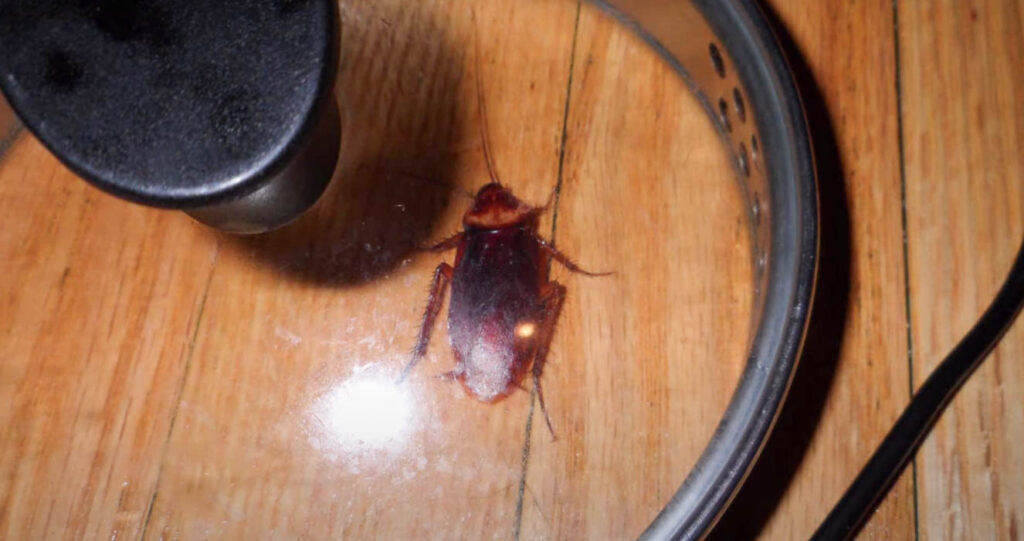
Behavior
American roaches are very versatile in behavior. As such, their behavior changes depending on the changes within their surroundings. These insects are comfortable living outside when temperatures average 84 degrees Fahrenheit. But, when the temperatures are too low, American cockroaches begin to move indoors through sewers, drainage systems, and other entry points.
Therefore, it wouldn’t be hard to sight these messy insects in your house, especially in the kitchen, where they can get plenty of food remnants. Additionally, these insects can also fly for short distances, especially during high temperatures.
Female American cockroaches attract their male mating partners by lifting their wings and releasing a biochemical known as a pheromone. When the chemical is released, it sends a signal that’s easily decoded by the male. As a result, the males get lured. Interested male roaches then flap their wings to express interest in mating with the female.
The American cockroach is highly prolific. As such, they have the ability to have many offspring within a short period. The roaches produce approximately 16 eggs. When not interfered with, the eggs hatch within 60 days. Since roaches have cutting-biting mouthparts, they can, at times bite. But that shouldn’t worry you as they carry no poison. The bite can only be a problem when it’s infected.
Life cycle
The life cycle of American cockroaches falls into three stages: the egg, nymph, and the adult. From the egg, the cockroach goes through several instar stages before it matures to the adult stage. It takes about 600 days for an egg to cycle to an adult cockroach. An adult American cockroach can live for an additional 400 days, with one female producing up to 150 young roaches in her lifetime. However, environmental factors like temperatures and humidity can significantly impact the American cockroach’s lifespan. Since these roaches are hardy, they can survive in dry areas if they have access to water.
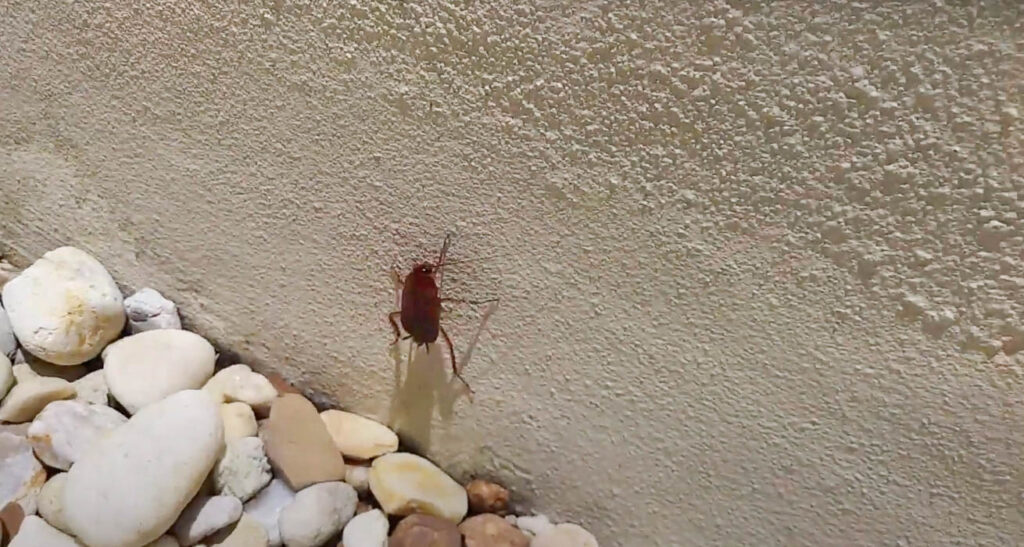
Habitat
American cockroaches are hardly found in houses except in dark, moist places like in the floor drains, sewers, and basements. They can also be found in outdoor spaces, especially in shady areas like woodpiles and hollow trees. But they may roam back indoors looking for food. They also migrate in large numbers from sewers to houses or nearby bushes, especially when the outdoor temperatures are beyond what they can bear. That said, these roaches cannot survive in temperatures lower than 15 degrees Fahrenheit. Therefore, freezing temperatures are one of the ways of controlling these roaches in your home.

